The Sheldon Lake State Park wetland restoration project was, simply put, the re-exposing of wetlands which existed before and were buried by agricultural influences and alterations. These type of freshwater coastal prairie wetlands only exists in Texas and Louisiana with the vast majority in Texas. (Read more about the making of the Sheldon Lake SP Restoration).
This is the first time in Texas that filled wetlands have been restored by re-excavation of the original basin. Most of these freshwater, non-tidal wetlands have been destroyed by being filled for farming purposes. Perhaps several million acres have been filled on the Texas coast. A relatively small percentage of these were destroyed through drainage only, whereas most have been destroyed by being filled. Past restoration attempts have involved those that had been drained only and were accomplished by blocking up the drainage ditches.
In other situations these wetlands have been created (where wetlands had not previously existed) or enhanced (where some portion of the original wetland remained) by impounding entire fields or by excavating holes in uplands. Creation and enhancement of wetlands often are not effective means of restoring wetlands, due to less plant diversity and/or inadequate hydrological restoration.
So, the apparent success of the Sheldon site is pretty substantial and may lead the way for future restoration efforts.
Here’s a snipit of how Phase 1 progressed:
For a more detailed slide show, click here: phase 1 progression
In the Fall of 2009, we (Texas AgriLife Extension Service and the Wetland Restoration Team) began our planting of the ponds in Phase 2, starting with 50 wetland plants including: Pickerel Weed (Pontedaria cordata), Maidencane (Panicum hemitomon) and Southern Blue Flag (Iris virginica). At the time, the Team was eager to start the planting and our ponds were full of water, and until we entered the severe drought of 2011, we planted every chance we could.
Of course, now at the conclusion of our 319 grant from EPA/TSSWCB, we find that 56,000 plants has multiplied and done exceptionally well in particular sections–as evidenced by the Jamaica sawgrass “tuft” in the pictures below. As with all of our 56,000 sprigs, the plants go into the ground as a small unit–usually a single stem with a good root ball no larger than your fist.
These sawgrass sprigs were no different. Now, however, they are the testimonial to the hardiness of their species, the proliferation of well-planted and well-suited wetland species, and the successful design of the wetland basin (pond 7, phase 2).
The 4 Wetland Field Days we hosted as part of our educational effort during this grant highlighted these particular successes of the Sheldon Lake SP wetland project. Bringing the attendees into the ponds in phase 1 and/or phase 2, and having them wade through the water, grasses, sedges and other emergents, was a most effective tool for advertising and promoting this project and the overall restoration method.
Similarly, the positive experiences shared by the students and their participation affirms the work we undertook by restoring these critical wetlands, is and remains important.
The above pictures are students from YES Prep Academy—representing the Brays Oaks campus (left) and the North Central campus (right).
 Texas Community Watershed Partners
Texas Community Watershed Partners 
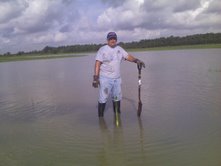
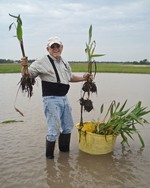
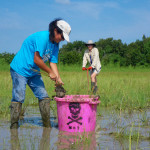
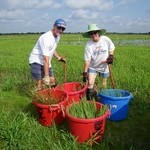
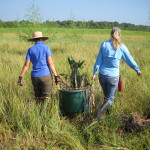


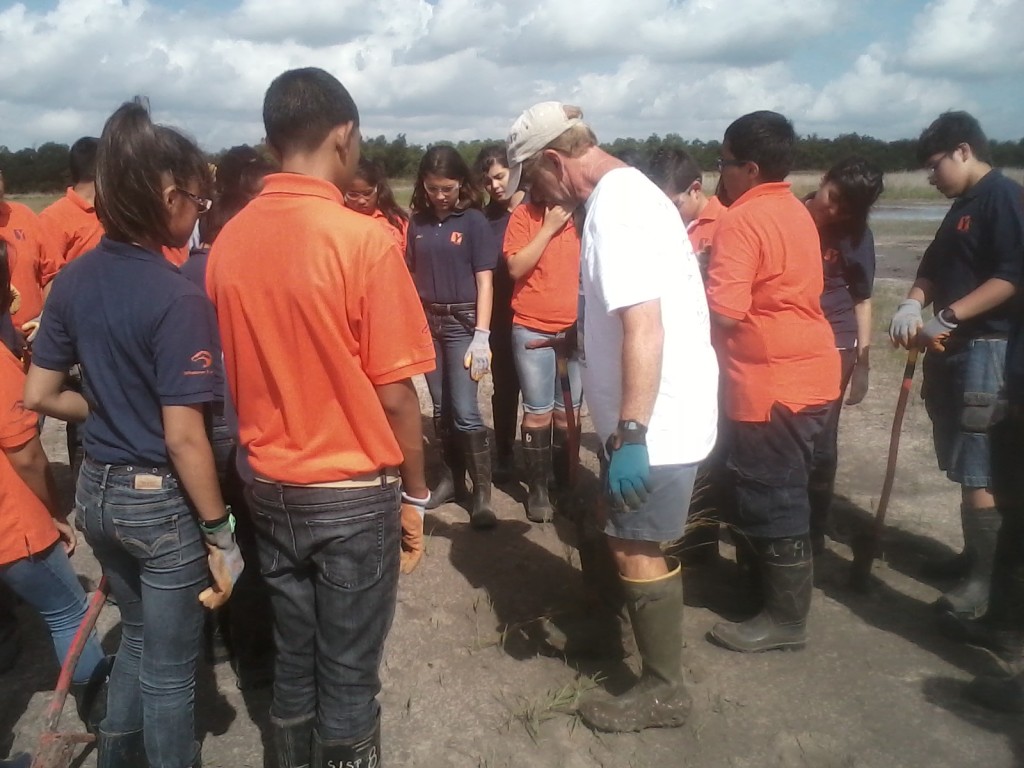











Pingback: Our wetland restoration model works | Watershed Texas